‘My mother made hats for the late Queen. Now I dress the royal children’

Whenever the Prince and Princess of Wales share portraits of Prince George, Princess Charlotte or Prince Louis, as is their custom to mark the childrens’ birthdays, there’s one element that Sophie Mirman always looks forward to seeing: their outfits. Just don’t ask her to choose a favourite.
“They’re such perfect little models that I can’t,” says Mirman, the co-founder of Trotters, the British childrenswear brand behind some of the young royals’ most-emulated looks: Prince George’s blue-and-brown checked shirt with an embroidered elephant, worn to meet Sir David Attenborough; Princess Charlotte’s blue floral dress from her fourth birthday portrait; Prince Louis’s puppy jumper for his first birthday portrait, and more. “Every time they wear our clothes, it’s wonderful.”
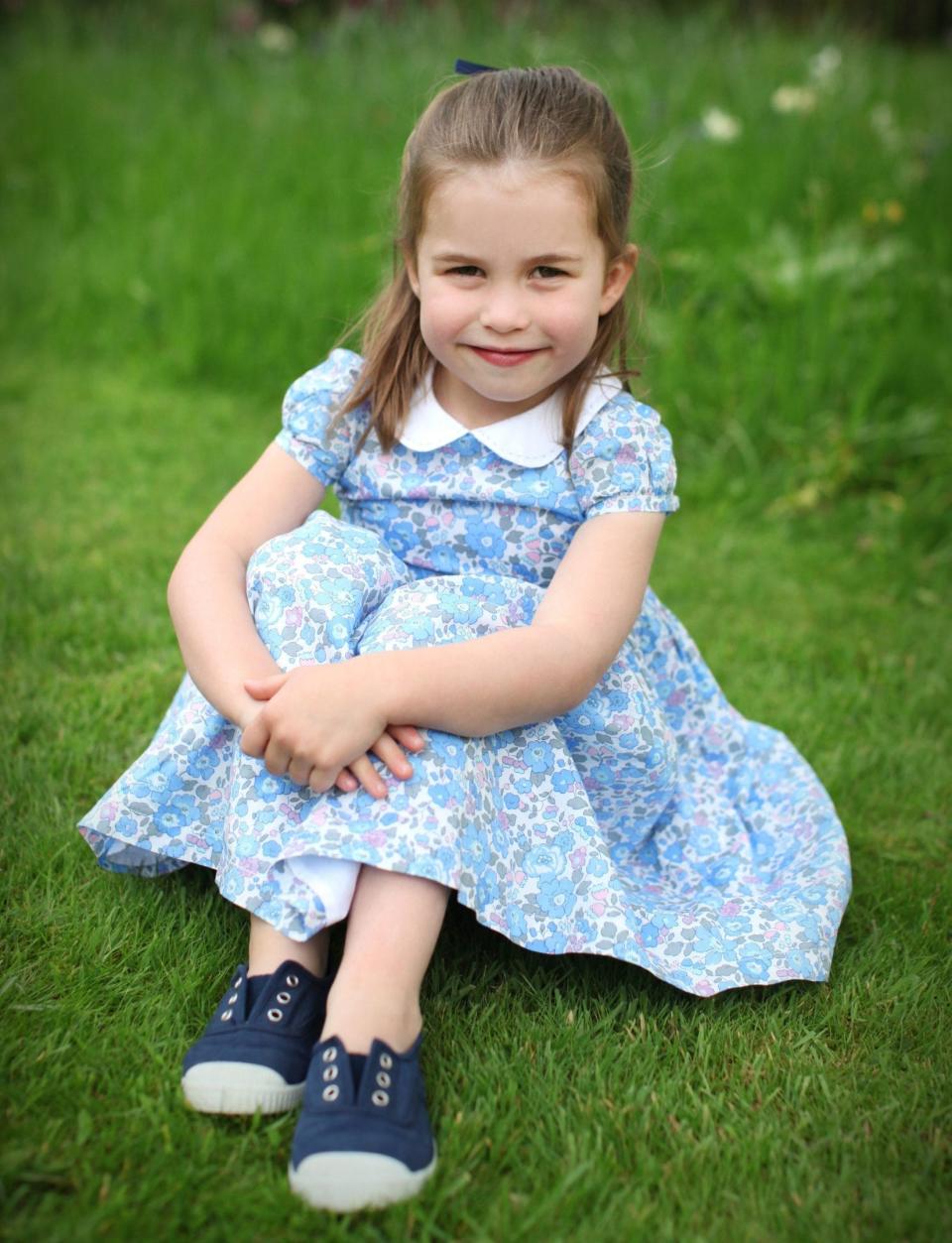
Spotting the Princes or the Princess dressed in Trotters makes her “immensely proud. I feel that my mum is sitting on my shoulder somewhere saying, ‘Fantastic!’”
For Mirman, who opened the first Trotters shop in London’s Chelsea nearly 35 years ago, the royal connection represents something of a family tradition. Her mother, Simone, was a milliner who counted the Queen Mother, Queen Elizabeth II, Princess Margaret and Princess Diana among her clients. “Now this is the fifth generation, because we’re dressing Princess Diana’s grandchildren.”
Simone Mirman designed some of the late Queen’s most memorable hats, including the butter-yellow Tudor gable hood-inspired hat she wore to Prince Charles’s investiture as Prince of Wales in 1969, and the bell-adorned pink hat she wore to mark her Silver Jubilee at St Paul’s Cathedral in 1977.
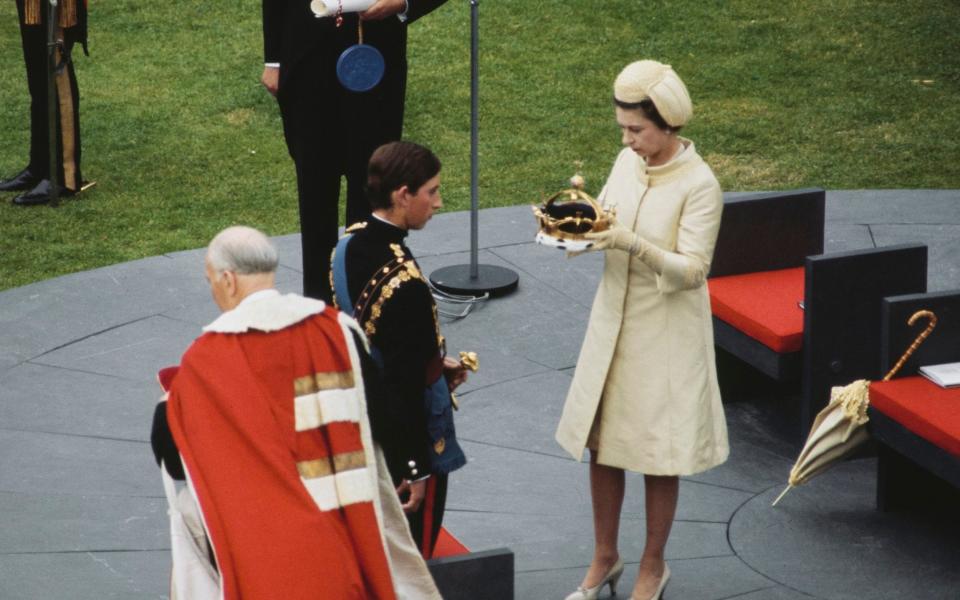
Mirman’s father was also a key player in postwar British fashion, having introduced Christian Dior to the UK in the 1950s. The family home in Chesham Place, Belgravia was a hive of fashion activity, with Simone’s showroom, workroom and stockroom commanding the ground floor. “I remember peering down through the bannisters at these wonderful fashion shows that my parents used to have,” Mirman says. “It was all very grand.”
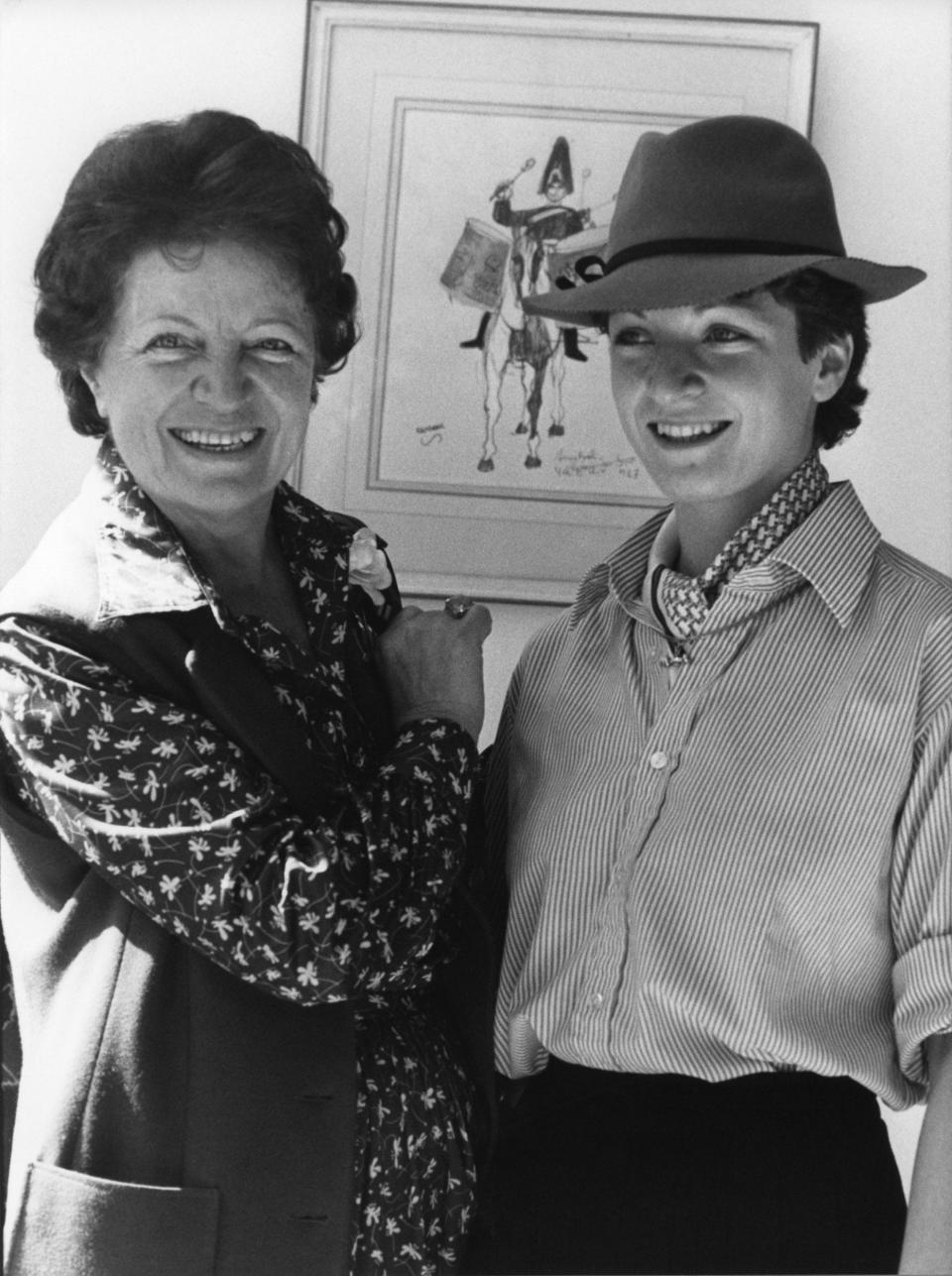
She pitched in from an early age. “My main responsibility was tidying the thread drawer, which was always a mess. I liked to organise them by colour,” she says, a shopkeeper from day one. She earned pocket money by making hat deliveries. Including, a time or two, to Buckingham Palace. “I went through the back entrance. It was wonderful – I loved it.” She never met the late Queen nor the Queen Mother, but has vivid memories of Princess Margaret.
“My mother was incredibly, incredibly talented, and she always used to say that it was Princess Margaret who really pushed her to think out of the box. And to use very unusual fabrics. One of the hats she created for her was a pillbox made out of a Turkish kilim carpet, which was incredibly difficult to work with. She also made a trilby out of chair caning for Lord Snowdon [then Princess Margaret’s husband].”
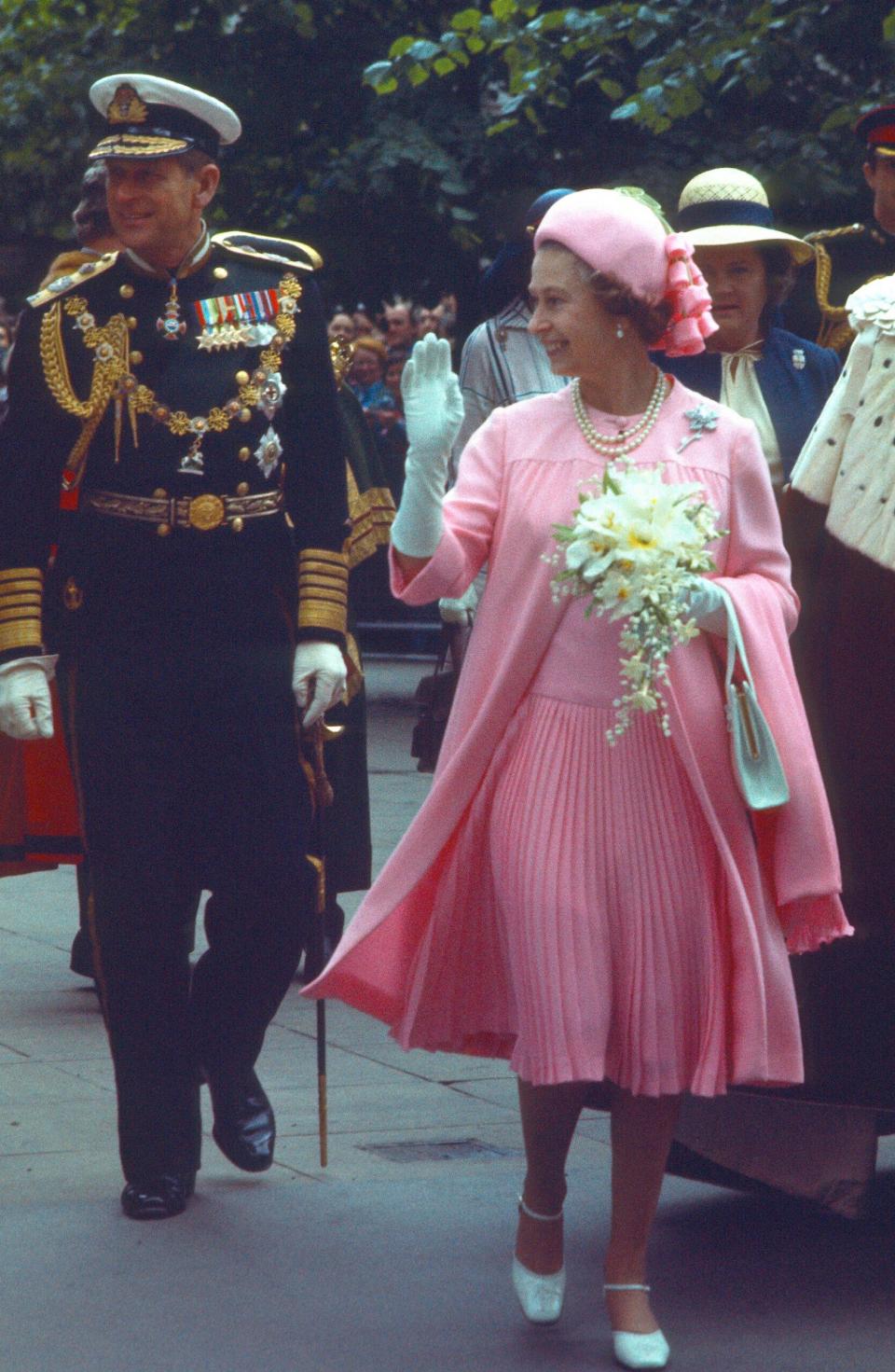
Despite the glamour of the family businesses, finances were tight. When Mirman finished school, she couldn’t afford to go to university. She took a shorthand typing class and went to work as a junior secretary for Lord Sieff, the chairman of Marks & Spencer. She worked her way up through the business and left after six years to launch Tie Rack, where she met Richard Ross. They married and launched Sock Shop together in 1983, building it into an international business.
By then she had young children. Around the time Sock Shop went into administration, Mirman had two experiences with her children that provided the germ of the Trotters idea: a haircut where her son William was terrified of the barber, and a shoe-shopping expedition when her daughter Natasha, then three years old, was “crestfallen” to discover that the shop had run out of the specific pink-and-green shoes she had her heart set on. “Both seemed to me unfriendly ways of treating children,” she says.
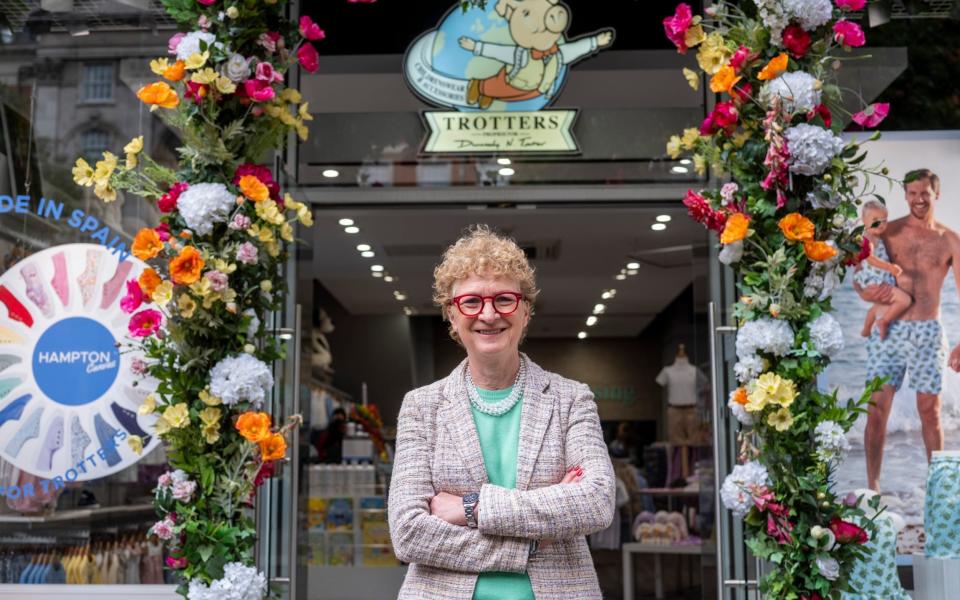
Mirman felt certain she could do better. She decided to open a shop geared toward children that brought everything they might need under one roof: clothes, shoes, books, toys – even haircuts. They called it Trotters after a fictional character named Dunwoody Trotter, an animated pig who would be seen as the owner of the shop. She and Richard opened the doors to their King’s Road store in 1990; since then, they’ve expanded to five shops, a website, concessions in Harrods, Selfridges and Liberty and a booming online business. Turnover is £20 million a year. “It has changed dramatically since we first opened, but the concept is still the same: making it fun for children. Because if it’s fun for children, they’ll bring their parents in.”
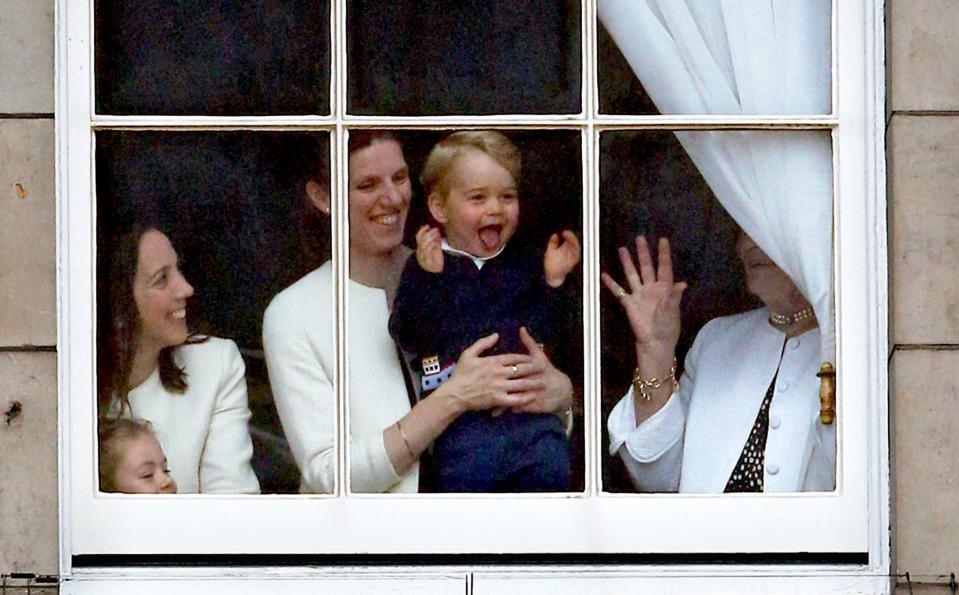
The day we meet in the Knightsbridge store, a little boy is having his hair cut in front of a wall-sized tropical fish tank (“the poor hairdressers have to try and remember the names of all the fish”), a toddler is twirling in a pair of dress shoes and two grandparently types are deliberating over a wall of tiny smocked dresses.
Mirman describes the Trotters look as “British heritage with a twist”, and “dressing children like children, and not dressing children like mini adults”. That translates to tiny dresses in Liberty-print fabrics with puff sleeves and smocked bodices and short-and-shirt sets, perfect for page boys at summer weddings. A recent Peppa Pig collection toed the line between traditional and animated – just Peppa enough to please the wearers and their Peppa-weary adults alike. The brand designs for more casual moments too, as with the Hampton Canvas plimsolls the royal children (and the Princess of Wales) have worn in settings as disparate as a polo match and a royal tour of Pakistan.
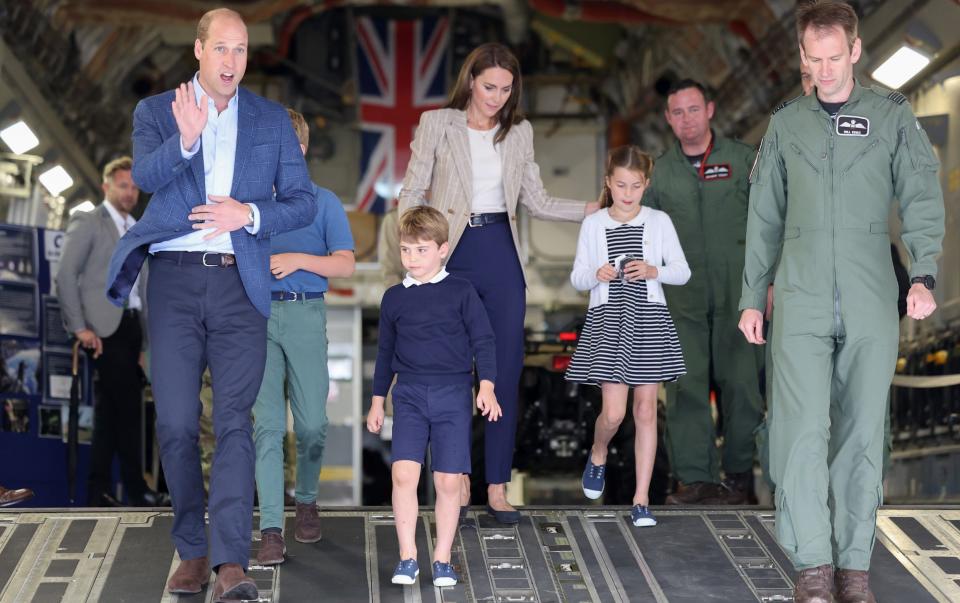
Her team works closely with Liberty, licensing prints from the archives or recolouring time-tested prints for a junior audience. Everything is produced in Portugal and Spain, mainly in small, family-owned factories. The burgundy velvet-collar coat that Princess Charlotte wore to church on Christmas Day in 2022 was made in a tiny factory in Portugal that Mirman likens to a couture atelier, “in that every step is done by one person, from cutting the fabric to stitching on the label at the end”. While dresses remain a flagship category, the brand sells more shoes for boys than girls (“boys are so rough on their shoes with all that scooting and football,” Mirman says).
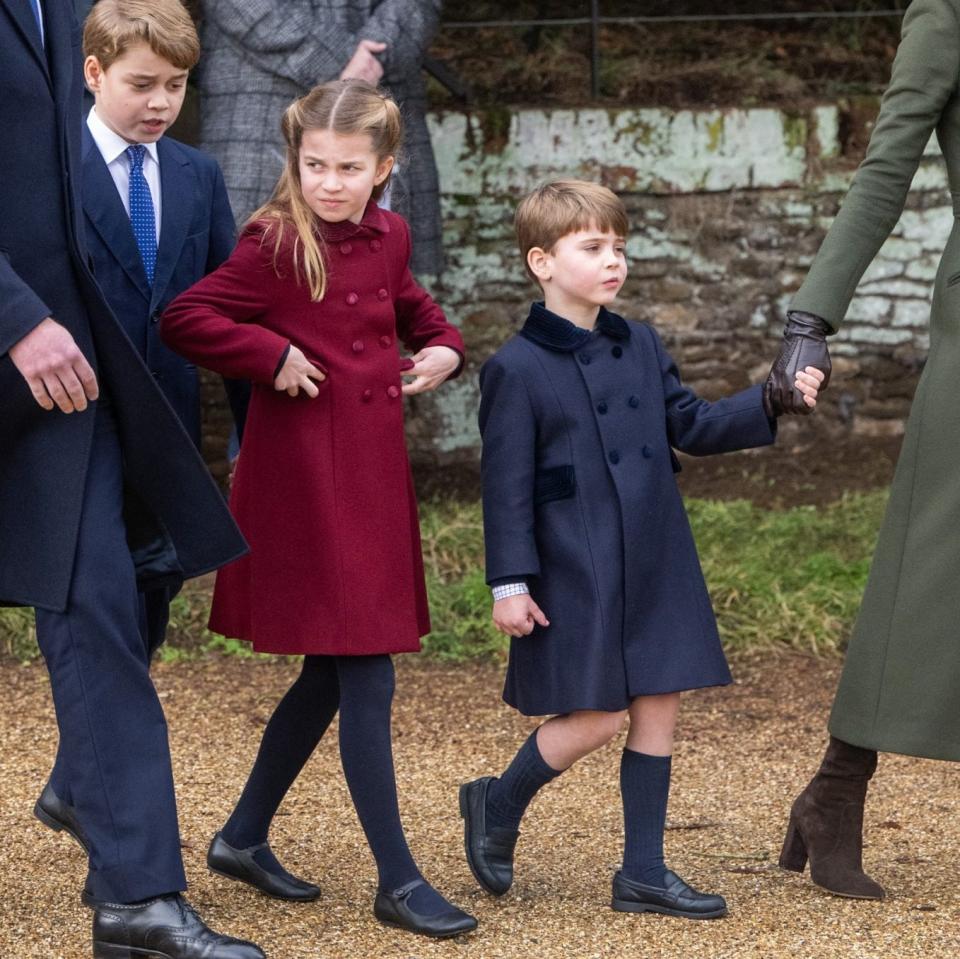
Mirman never knows when the royals might wear Trotters designs in a photograph. Nor does she shout about it when they do. “We’re very discreet. But somehow, people find out.” The impact of a young royal wearing Trotters is “huge and instant”: when Princess Charlotte wore one of the brand’s pale blue Liberty print dresses for her fourth birthday portrait, the style sold out overnight, with especially strong sales to the American market. “The Americans absolutely love anything linked to the royals.” Wait until they hear about the fish tank.


